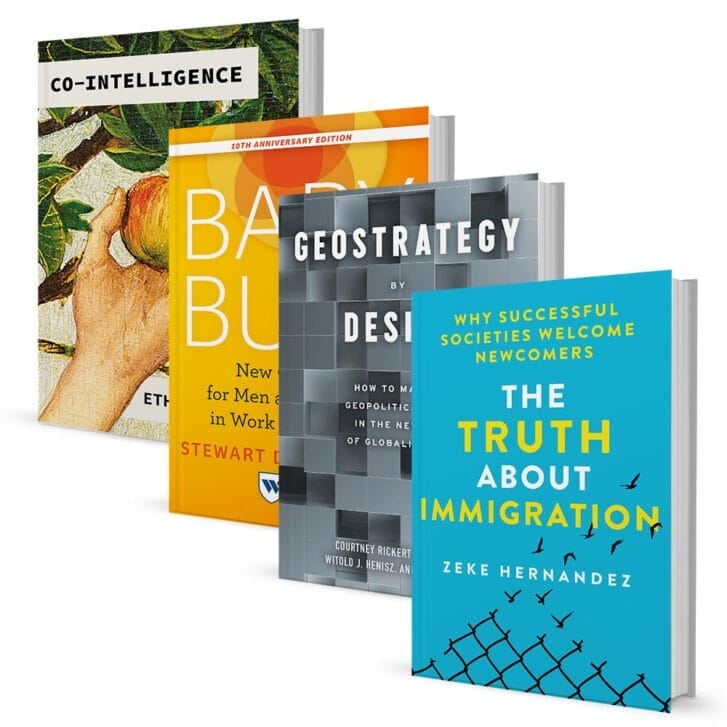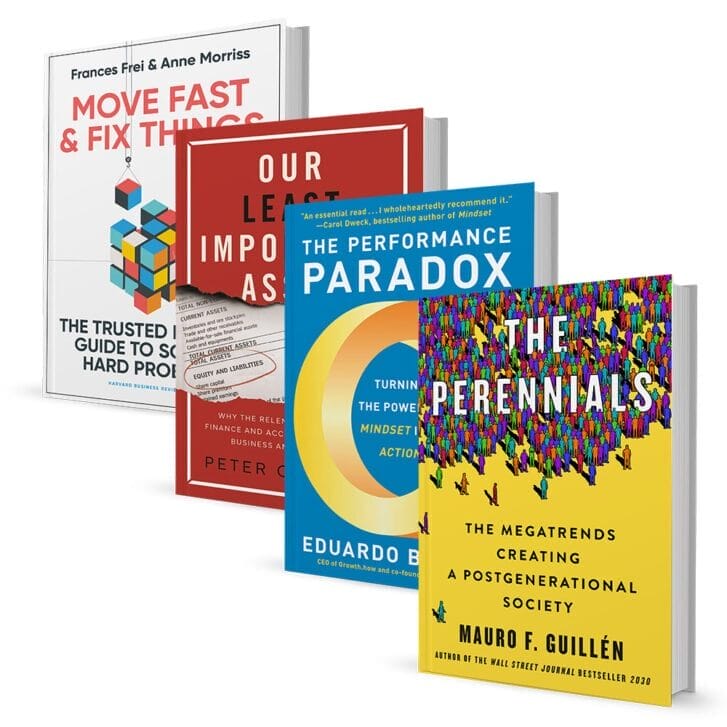I was terrified to come to Wharton. After working professionally in performing arts for more than 15 years, I understood all too well the suspicion with which my colleagues at Cirque du Soleil and at my own Asia-based production company regarded my decision to join forces with the evil capitalist empire. The language of creative industries reflects their mistrust of business people. Artists that “sell out,” “go corporate” or “turn commercial” are never heard from again.
My girlfriend and business partner was very clear about her expectations of me: “Just don’t turn boring,” she pleaded, “that’s all I ask.”
 Businesspeople do very little to help bridge that gap and have their own prejudices. Creative industries, some complain, are intrinsically unscaleable, risky and difficult to monetize. Artists are financially illiterate and make decisions based on whim without developing a comprehensive strategy. The entire creative process seems like a liability: We can’t tell you what the result of our work will look like, how long it will take us, how much it will cost and if anyone will be happy with it. It’s all about the journey, after all.
Businesspeople do very little to help bridge that gap and have their own prejudices. Creative industries, some complain, are intrinsically unscaleable, risky and difficult to monetize. Artists are financially illiterate and make decisions based on whim without developing a comprehensive strategy. The entire creative process seems like a liability: We can’t tell you what the result of our work will look like, how long it will take us, how much it will cost and if anyone will be happy with it. It’s all about the journey, after all.
My point of view is that both sides have a remarkable amount to learn from each other.
Thanks to my classes at Wharton, for example, I was able to model the cash flows of different “investment classes” of artists: the “high-level amateur,” the “arts conservatory student” and the “upcoming professional.” I’ve collected information through surveys of different populations of artists to determine certain benchmarks for the industry and analyzed the market size and competitive landscape across different geographies using the resources that are available to us through the University.
Wharton has helped me to revamp my production company’s business plans and our cost accounting, and inspired us to build a balance sheet and take on an appropriate amount of debt to fund our expansion into the Southeast Asian market. We are rethinking our marketing plan and have started implementing a novel strategy that we hope will increase our visibility to artists, clients and potential investors.
We have always made our decisions based on gut instinct, and we plan to continue doing so—the only difference is that our gut instinct is now informed by Wharton’s business rigor. Artists typically shy away from money because it is seen as the antithesis of artistic ideals, but we now equate money with the infrastructure and time that artists require to do their best work. Our value proposition to our artist partners is improving by orders of magnitude because of it.
The Wharton Leadership Program has also been instrumental in helping me to refocus the leadership skills that I’ve developed through circus projects in more than 20 countries into a new skillset that will serve me better in the larger, more structured corporate and governmental entities that I hope to be working with immediately after graduation. The Lauder Institute classes focusing on political economy and economic history have pulled back the curtain that had concealed the deeper geopolitical and economic forces at work behind the formerly opaque sea of headlines, sound bites and economic indicators.
The irony is that, in being immersed in the vocabulary and frameworks of business, I find that I spend far less time agonizing over financial and strategic decisions and more time on creations.
But I do not mean to suggest that all artists need to do is to get an MBA. I’ve realized that much of what business people do can benefit your average artist, but that much more of what your average artist—a circus artist in particular—does can benefit businesspeople. The first instance is simply in the finer points of public speaking: namely, an awareness of how body language translates into charm and how self-confidence combined with the right posture, eye-contact and dynamic speech can sell just about anything to anyone.
A second is simply having a sense of purpose that transcends profession, position and monetary compensation. No true artist gets into their business to become rich, famous and powerful (and if they do, they are broken down and sent packing before they know it). Most artists offer the advice that if there is anything out there that an aspiring artist could be happy doing, they should probably be doing that instead. The result is that artists may suffer constantly through times of hunger and pain, yet always know exactly who they are and why they do what they do.
Finally, while artists may arguably occupy the lowest rung of the utility hierarchy—we would be the first ones eaten if our plane crashed in the Andes—they develop collective street-smarts, a community of need and responsibility to each other that is of a different flavor than the bonhomie here in the halls of Huntsman. I’ve come to think of it as a strength that grows out of weakness versus the insidious weaknesses that are too often borne of strength.
Wharton has surpassed my expectations in many ways. That said, nothing is perfect, and I still miss the ethical ambiguity and international, cross-cultural management mayhem of directing a transnational, entrepreneurial performing-arts business on five continents. That part of the business, as my colleagues at Cirque du Soleil and at my own company forewarned, might be impossible to teach in schools.
James Tanabe is a second-year student in the MBA/MA Lauder Program. His pre-Wharton background includes education at MIT and the National Circus School, and employment as artistic director of Cirque du Soleil, in space physics at NASA and as founder of his own production company.


























